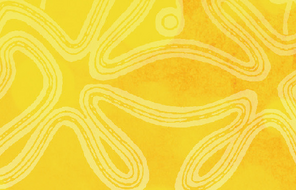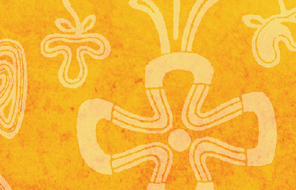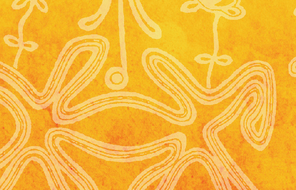Resource Library
Find compelling classroom resources, learn new teaching methods, meet standards, and make a difference in the lives of your students.
We are grateful to The Hammer Family Foundation for supporting the development of our on-demand learning and teaching resources.

Introducing Our US History Curriculum Collection
Draw from this flexible curriculum collection as you plan any middle or high school US history course. Featuring units, C3-style inquiries, and case studies, the collection will help you explore themes of democracy and freedom with your students throughout the year.
813 Results
Identity & Community: An Introduction to 6th Grade Social Studies
Intentionally designed for middle school classrooms, this unit explores themes of identity and community by using students' knowledge of the Memphis, Tennessee, community.

Teaching Mockingbird
Learn how to incorporate civic education, ethical reflection and historical context into a literary exploration of Harper Lee's novel, To Kill A Mockingbird.

Three Good Things
Students practice gratitude by naming and recording three good things that have happened that day.

Slow Down with The Slowdown
Students use poetry as a spark for reflection and discussion about what’s happening in their lives and the world.

Take a Stand
Students practice debate and perspective taking by taking a stand on a controversial statement.

Appreciation, Apology, Aha
Students reflect on the day by asking them to share an appreciation, an apology, and an “aha” moment.

Closing Challenge
Students identify one personal or academic goal that they would like to commit to in the week ahead.

Language and Identity
Explore how language and culture shape identity, and learn about the challenges faced by the Indigenous Peoples of Canada to preserve their traditional identity.

Looking Back, Looking Ahead
Students reflect on the past year and generate ideas for the kind of learning community and learning experiences they are hoping for this year.

Membership
Examine how Indigenous identities in Canada have been shaped by the ways European settlers responded to real and imagined differences between themselves and the Indigenous Peoples.

The Indian Act and the Indian Residential Schools
Learn the history behind the legislation and policies created by the Canadian government in the nineteenth century to dispossess and assimilate the Indigenous Peoples.



